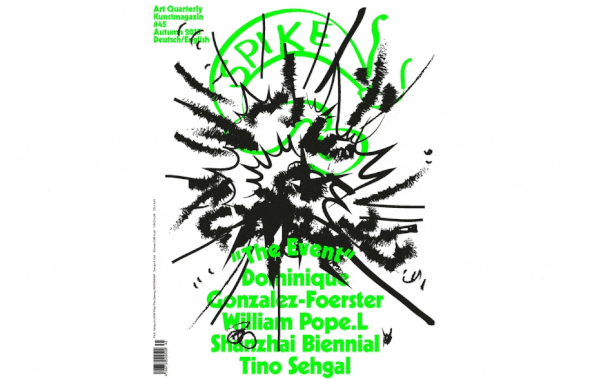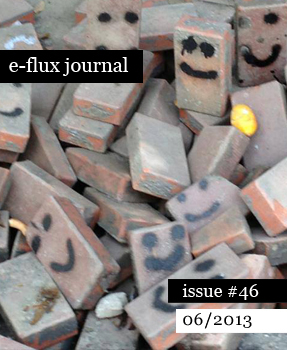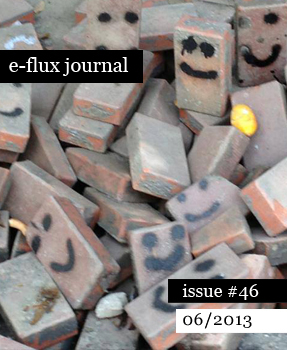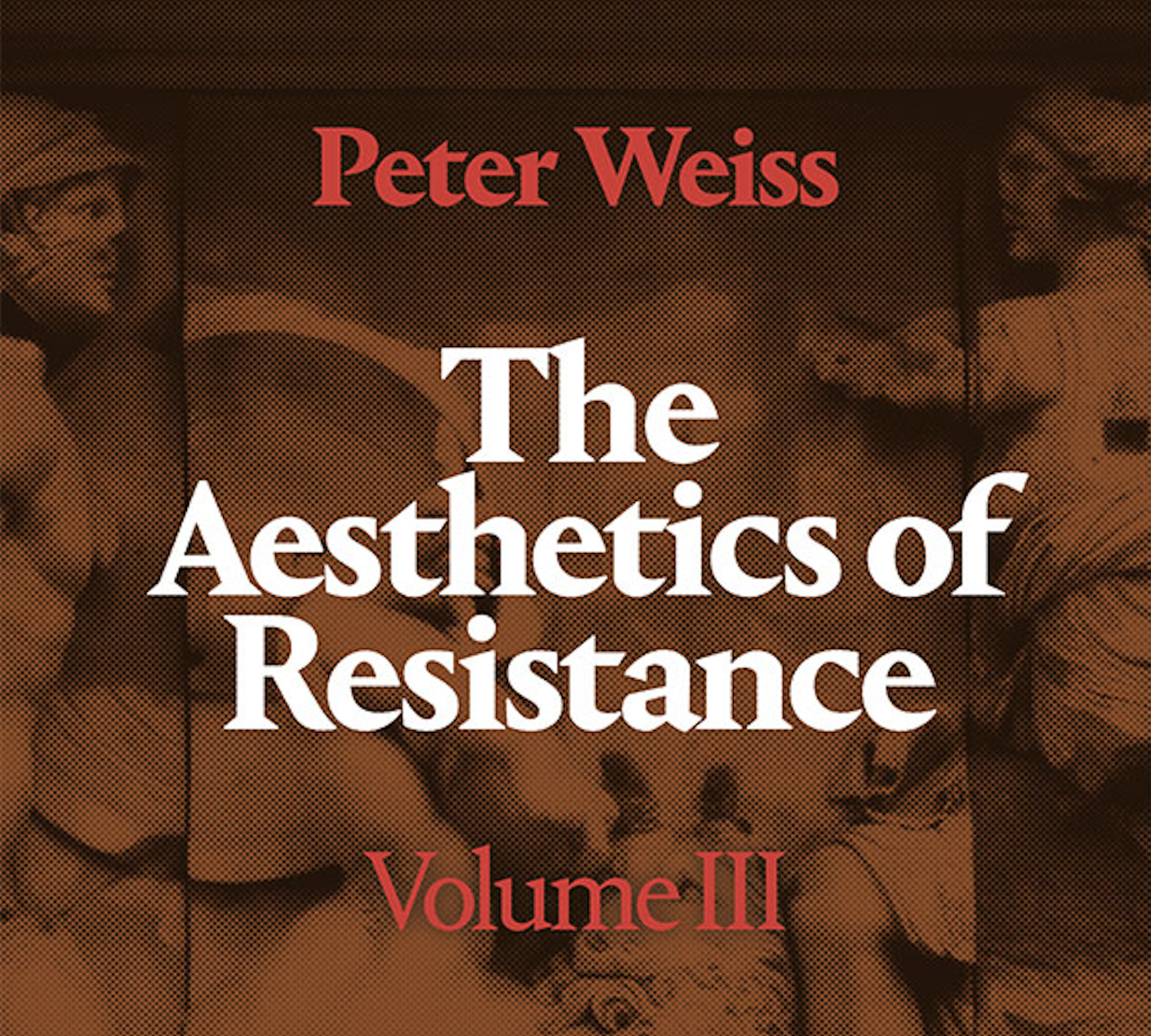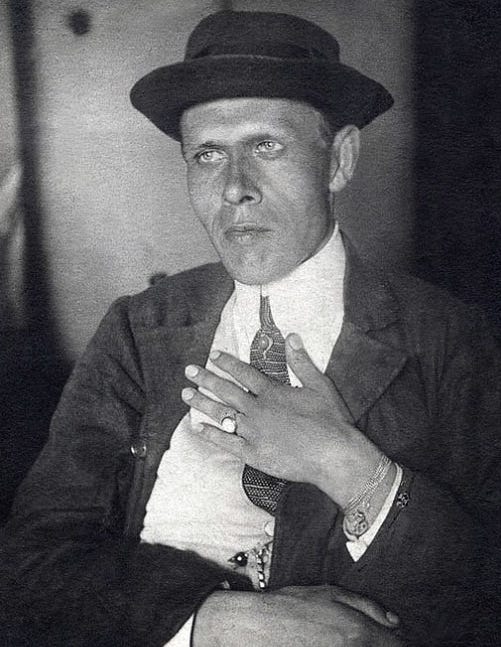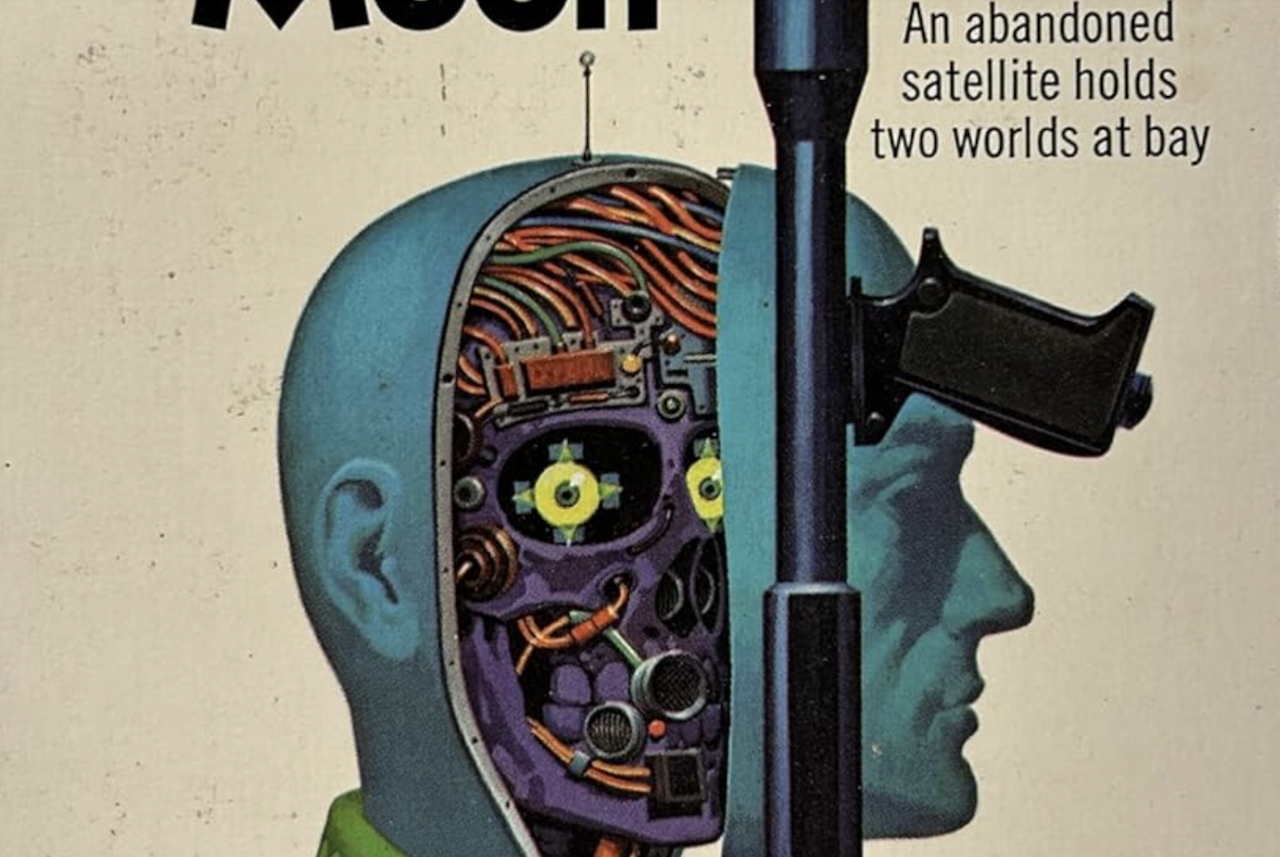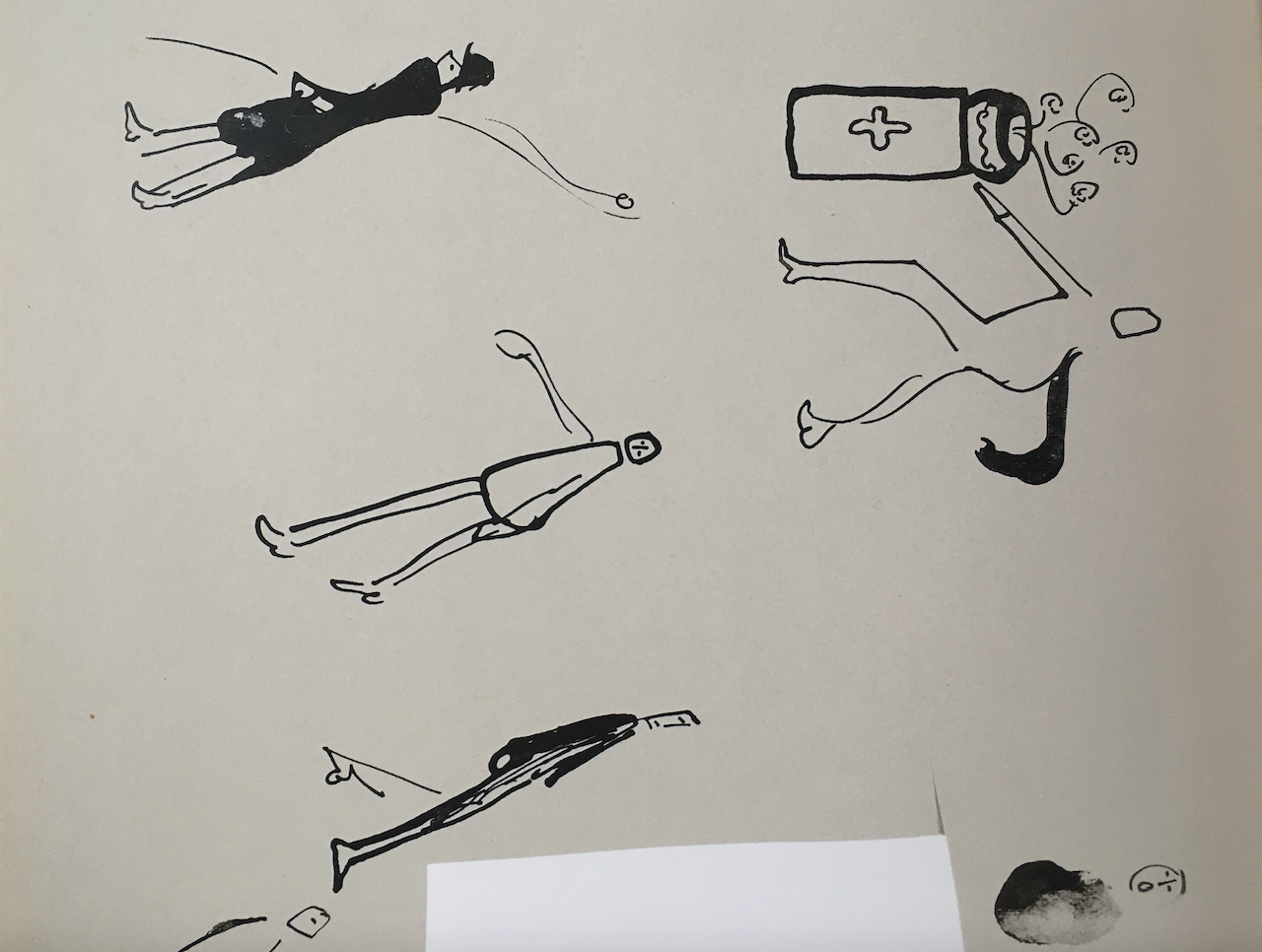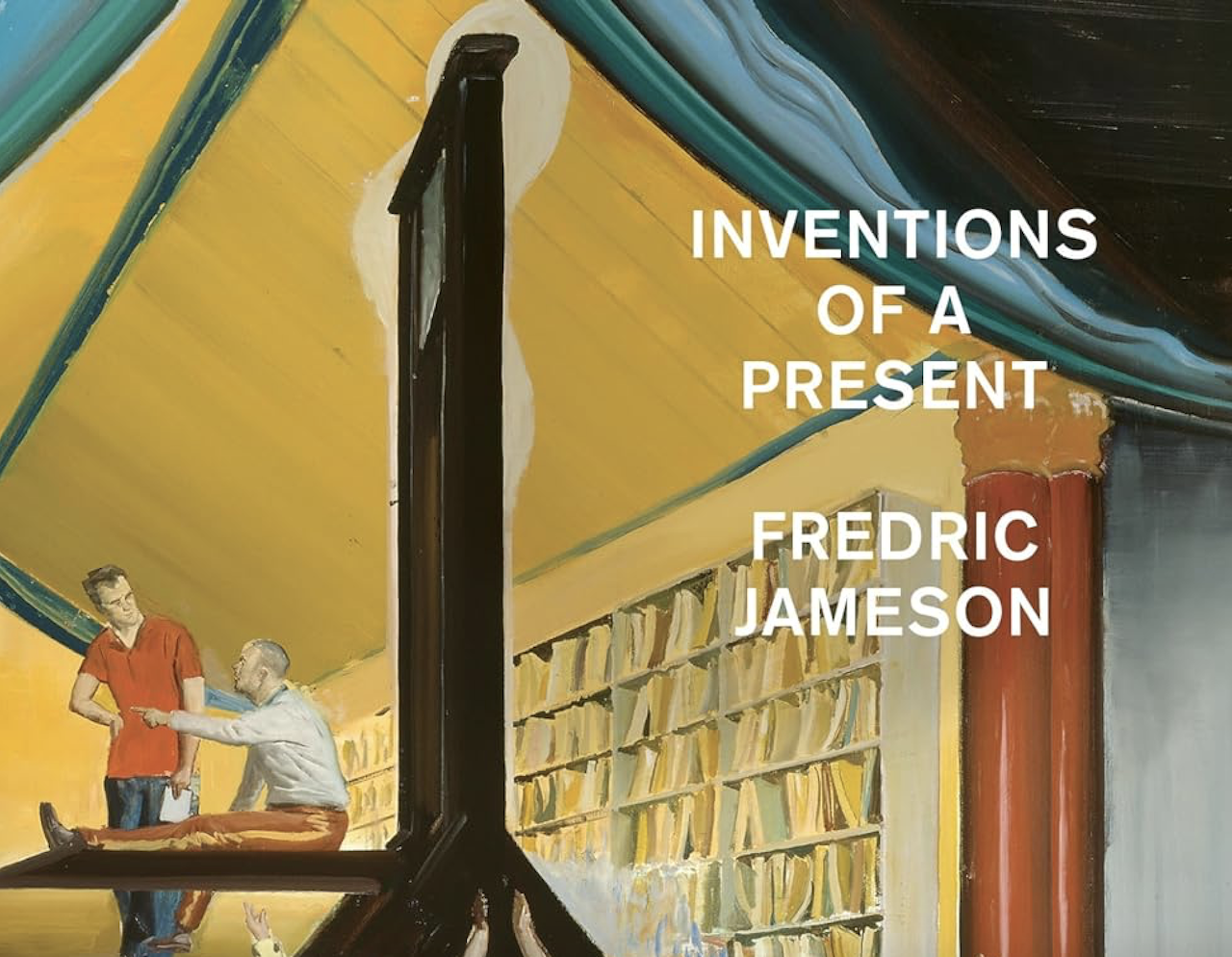
Cover detail, Fredric Jameson, Inventions of a Present (2024).
Can we think any other moment than the present moment? The past is now barbaric, or Benjamin’s pile of wreckage, while the future is apocalyptic, only variants of the end of the world. If Hegel could regard the present as the necessary site of philosophy, this was because the present embodied the progress of the past and contained the seeds of future freedom. Marxism would maintain this structure, in which the present is all we can think, but as a dynamic locus of change, while the alternative was barbarism. This vision of the connection of past, present, and future has been fragmented, in thought and in reality, replaced by the present as a moment that floats free from history. If we can only think the present moment, that moment is now a prison. We live in a perpetual present that constantly mutates but never changes.
Fredric Jameson’s new Inventions of a Present (2024) begins with the assertion that the novel is historical because it traces the “furrows and spurs marking the intrusion of history into individual lives.”1 If, in The Political Unconscious, history was “what hurts,” now the novel is a place that thinks that hurt as it impinges on the individual.2 This point is reiterated in Inventions of a Present, a collection of nineteen essays published between 1972 and 2022. The bulk of the essays were published in the New Left Review and the London Review of Books during the 2000s. Jameson argues that our present and our future are saturated by history and it is this increased historicity that makes the novel, all novels, historical. At the same time, he can also assert that “all fiction approaches science fiction,” due to the fact that all our futures “begin to dissolve into the ever more porous actuality” (182). The contemporary novel is both the historical novel and science fiction, as both past and future have saturated the present. The present is a bloated moment, full of the past that cannot be integrated and a future that is not being born.
This diagnosis and sense of impasse is surprisingly Nietzschean. The saturation of the present by historicism echoes Nietzsche’s “On the Use and Abuse of History for Life,” in which the historical overcomes our present. The notion that the future is dissolved into the present is also close to Nietzsche’s attempts to invent a future and his increasingly violent proclamations of a leap into the future. Jameson’s tone is more measured and, of course, he is trying to remain within Marxism. To be Marxist, we must explain why we cannot integrate history and why we cannot see the present as a dynamic path to the future. Also, Jameson’s diagnostic is a positive one, as the historical novel and science fiction are both signs of the emergence of the collective into fiction. That our present is saturated by the past and our future dissolved into the present suggests the pressure of the collective struggling to emerge in this present.
Jameson’s lapidary assertions are the classic gesture of the master, in the Lacanian sense. While obviously wrong—not all contemporary novels are historical and not all contemporary novels are science fiction, and how could all of them be both?—his statements are ones we try to puzzle out. Even in this book there seem to be novels, like Knausgaard’s My Struggle, which fit neither form, but constitute their own—the novel of “itemization.” The master speaks the enigmatic message and we try to understand and make sense of it. If the function of the master collapses, then the enigmatic statements become so much nonsense and we wonder why we ever cared. Jameson’s statements teeter in this space, obviously the result of a lifetime of thinking, and unafraid of self-reference and loose evocations, but requiring acceptance.
We might also consider the form of the “London Review of Books review,” a peculiar genre in which the book is not so much assessed as re-presented in a gesture which often replaces reading the book. It is a time-saving device presented in the mode of capacious intellectual engagement. The irony itself is painful, as the genre seems to speak to a kind of historicization and archiving of the flood of cultural production into a digestible form for the present. Within that form, Jameson’s reviews are, mercifully, more traditional and more useful as critical judgements, but still seem prone to concluding suddenly, often with a quote from the book, and to lacking assessment. For example, while Jameson is no doubt right to point to Margaret Atwood’s Canadian anti-Americanism as a root of her dystopias, we are deprived of any judgement on this. We are left hanging on a quote and the “promise” of abolishing America. Are we supposed to accept this Nietzschean critique of mass culture, couched in the most typical clichés of contemporary anti-Americanism? What does this do to our thinking of the collective? No answer. While valid in giving the last word to the author, we are sometimes frustrated by not knowing what Jameson thinks about these words.
If the present is stuffed with history, we have to make sense of it. Hence Jameson’s concern with the texture of history that is realized in the contemporary novel. Wide-ranging as usual—we sometimes feel Jameson has read everything—a particular focus that emerges in these essays is second-world writing of the recent past. The memory of actually existing socialism plays a significant role, particularly the memory of the German Democratic Republic (GDR) as the site of a potential alternative path that was buried by German unification. Jameson’s readings are concerned to escape the dystopian imagination of the postwar East German regime, well represented in popular culture. Instead, we are called to a thinkable GDR as part of our past, which thus haunts our present with lost possibilities. In fact, throughout the collection, Jameson probes alternative forms of history and time that have become collapsed into the singular modernity of the capitalist present.3 These are not just unactualized alternatives; they remain within the present as the pressure of the collective.
The absence that makes itself felt here is of the realist novel. Jameson has written extensively on realism and, of course, has also suggested that science fiction and other genres may function like realism. That said, the inventions of the present lack the invention of a present in the mode of realism. If the historical novel is dominant, this suggests a regression, as the historical novel was the category from which realism emerged, according to Lukács. Tracing the dynamic shifts between historical modes of life, influenced by stadial history, it was Walter Scott who gave the past dynamism. It would then be Balzac, after writing an historical novel, who would transfer this dynamic to his own present. Now it was the emerging forces of bourgeois society that would shake the novel and power a realism that, while regretting change, was bewitched by it. As socialism developed into an ever more powerful movement over the nineteenth century, bourgeois writers and thinkers panicked. If change was now going to sweep them from the stage of history, then either they could try and engage with this emerging socialism, as did Zola and Henry James, or flee from it into aestheticism and naturalism.
The contemporary writer does not face an insurgent socialism but a dominant capitalism that is increasingly threadbare in its dynamism. Politically and culturally we see fragmentation and a resurgent fascist thinking, along with movements for change and reinventions of socialism and communism. The contemporary historical novel, according to Perry Anderson, in dialogue with Jameson, can only imagine the present through the representation of the past as catastrophic.4 Jameson offers a more hopeful alternative, by arguing that the utopian charge of the contemporary historical novel lies in its capacity to be a “novel of the collective” (252). That this is a utopian promise, however, tells us something about the loss of the realist novel. The present still does not form a point between past change and future transformation.
In the very use of the notion of “invention” we find the opacity and failure of a realism that could grasp the rose in the cross of the present. “Invention” is a telling word, a Nietzschean or Deleuzian word that while avoiding cultural nostalgia also seems to evade the task of realism as analysis of the present. Discussing the Martin Bora novels by Ben Pastor, a series of detective novels set in World War II, Jameson remarks that the author’s “imagination seems indeed to have invented World War II itself” (104). This could obviously be seen as just a moment of critical hyperbole, a memorable last line, but it remains disturbing. The invention of a present seems to turn on the invention of a past when we already have that past. Of course, the writer of historical novels is often acclaimed for making the past live again, but what if the invention comes to replace reality?
Lukács could look to a renewal of realism through the significant bourgeois writers, notably Thomas Mann, and the potentials of a socialist realism that would escape the subjectivism and romanticism of Stalinist aesthetics. Today we are experiencing a glut of cultural production, but also a glut produced in a period of cultural constriction. Socialist realism is anathematized as Stalinist, alternative voices within the literary space are often treated as mere additions to existing cultural production, and experimental fiction is dominated by the naturalism that Lukács saw as the signature of modernism. Reality is reproduced in static, historical, and exotic forms, as if the cultural dominant were Flaubert’s Salammbô.
Jameson’s response is to explore the range of the inventions of a present, admirably global in scope. But we might return to his diagnosis of the representation of history in a nostalgic mode to suggest the limitations of these inventions. In that argument it was the aesthetic recreation of the past that threatened to subsume the past and commodify the past, as in the neo-noir of Chinatown.5 It would be interesting to play this point off against the more positive sense that Jameson now gives to the historical novel (or the novel as historical). While it would be a failure to concede that the past is simply saturated by its absorption into the present, it is also possible to be more critical of some of the modes of representing (or inventing) history in the present.
The resurgence of the historical novel is not in doubt, as Anderson has detailed, as well as the resurgence of fantasy fiction, absent from Jameson’s survey except in the form of magical realism. Jameson’s hopefulness is, however, only the inverse of Anderson’s pessimism, with his novel of catastrophe. We stand at what seems like a very Benjaminian crossroads: between the angel’s gaze toward the past as catastrophe, and the potential messianic transformation into collective redemption. It only seems like this because we cannot mediate the present between past and future. Lacking a realism that would explore the present, including the sense of the present as impasse, we cannot find any dynamism. Our ability to scry the present, to anatomize the mines that will explode the present, depends on a realism that can grasp these contradictions and not reproduce them, as well as indicate a path beyond them.
Jameson, Inventions of a Present (Verso, 2024), 1. Further references in-line.
Jameson, The Political Unconscious (Routledge, 2002), 88.
Jameson, A Singular Modernity: Essay on the Ontology of the Present (Verso, 2013).
Anderson, “From Progress to Catastrophe,” in Different Speeds, Same Furies: Powell, Proust and Other Literary Forms (Verso, 2022).
Jameson, Postmodernism, or, The Cultural Logic of Late Capitalism (Verso, 1991), 18.

